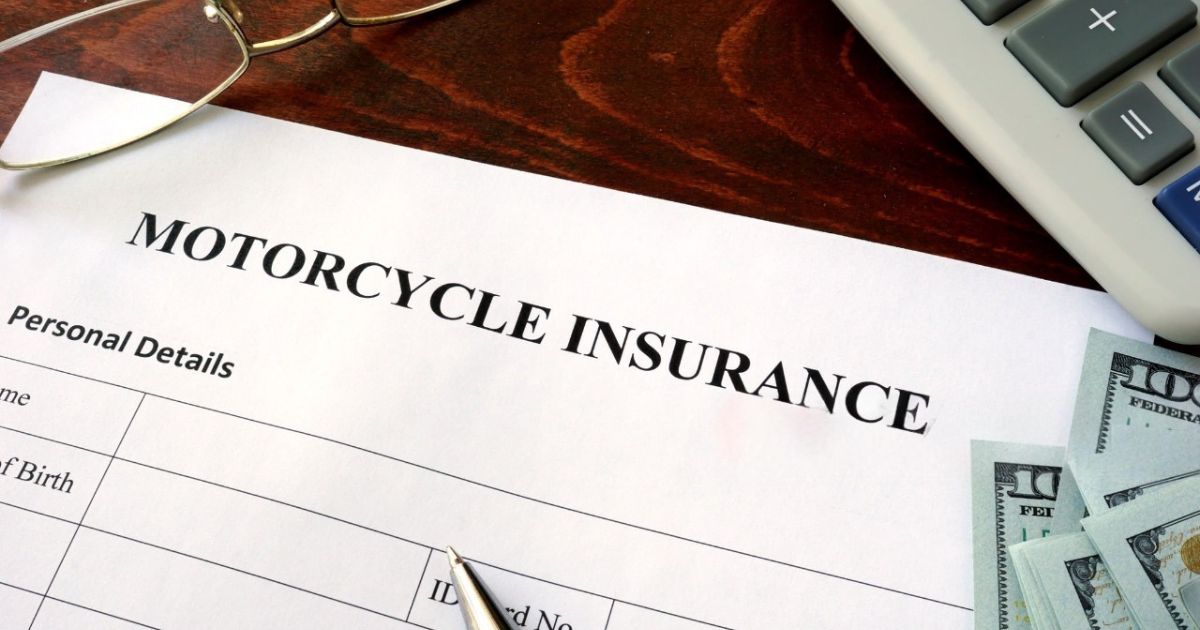
Cheap Motorcycle Insurance: Smart Ways to Save Safely
left for contents
Motorcycle insurance doesn’t have to drain your wallet — unless you’re going about it the wrong way.
That’s what I tell friends when the conversation drifts from bikes to bills. Most of us overpay simply because we don’t really understand what affordable motorcycle insurance should look like.
Some controversial truths up front:
- You don’t need full coverage on a $2,000 commuter. Paying for collision and comprehensive on a bike that’s worth less than your deductible is like buying a helmet for your helmet.
- Roadside assistance can cost more than annual premiums on a liability‑only policy if you don’t comparison shop.
- Usage‑based insurance can cut rates by 30–60 %. But it’s worthless if you ride every day.
- Skipping essential coverages to save $50 a year is penny‑wise and pound‑foolish. One hospital bill will erase every “deal” you ever got.
Ready to keep your insurance budget tight without sacrificing safety or legality? This guide will explain what counts as “cheap motorcycle insurance,” which factors affect your rate the most, how to tweak coverage without cutting essential protection, and why pay‑per‑mile options like VOOM are game‑changers for certain riders.
By the end you’ll know when it’s okay to cheap out—and when to spend a little more.
What Cheap Coverage Works Best for Your Riding Style?
Let’s be honest—most riders are here for the answer. So here it is: which insurance makes the most sense for your riding style, how to keep it cheap, and why it actually works once you’re out on the road.
| Rider Type | Recommended Option | Ideal Budget Coverage Strategy | Why It Works |
|---|---|---|---|
| Daily Commuter | Progressive Motorcycle Insurance | Bundle your bike with auto or home insurance to unlock multi-policy discounts and keep liability high with a moderate deductible. | Progressive’s flexible coverage and solid roadside support make it perfect for everyday riders who need quick, reliable help if something goes wrong on the way to work. |
| Weekend Rider / Occasional Rider | GEICO Motorcycle Insurance | Opt for seasonal or storage coverage during off-months and drop optional add-ons when the bike’s not in use. | GEICO’s easy online management and competitive base rates make it ideal for low-mileage riders who only hit the road on weekends or sunny days. |
| Budget-Conscious Rider | Dairyland Motorcycle Insurance | Choose state-minimum liability coverage and raise your deductible to cut monthly costs while keeping essential protection. | Dairyland’s low monthly premiums and flexible policy terms make it a favorite for riders who want legal coverage without overspending. |
| Long-Distance Tourer | AAA Motorcycle Coverage | Pair your membership with an upgraded plan that includes towing and trip interruption benefits for multi-state rides. | AAA’s nationwide network and generous 100-mile towing limit are designed for touring riders who rack up long miles between cities. |
| Multi-Bike Owner / Enthusiast | AMA Roadside Assistance | Take advantage of membership-based roadside coverage that protects all your registered bikes under one plan. | AMA adds community value—1,200 clubs, advocacy, and coverage for multiple motorcycles—all bundled in one affordable membership. |
| Military or Veteran Rider | USAA Motorcycle Insurance | Bundle your motorcycle with existing auto or renters’ insurance to maximize military discounts and lower premiums. | USAA provides strong roadside and trip-interruption coverage tailored to service members and families, offering savings and reliability. |
What Counts as “Cheap” Motorcycle Insurance?
The first step is understanding what “cheap” really means. Average costs vary widely across the U.S., so it helps to benchmark your rate against national and state figures.
National Averages and Budget Range
Insurance analysts put the average full‑coverage motorcycle policy at around $33 per month. (valuepenguin.com) A detailed 2025 study found that minimum liability policies average about $12 per month ($141 annually), while full coverage averages $30 per month ($364 annually) (moneygeek.com). Those numbers are for a 40‑year‑old rider with a clean record on a mid‑sized Honda Rebel—if you’re younger, own a sport bike or live in a high‑risk state, your rate could be much higher.
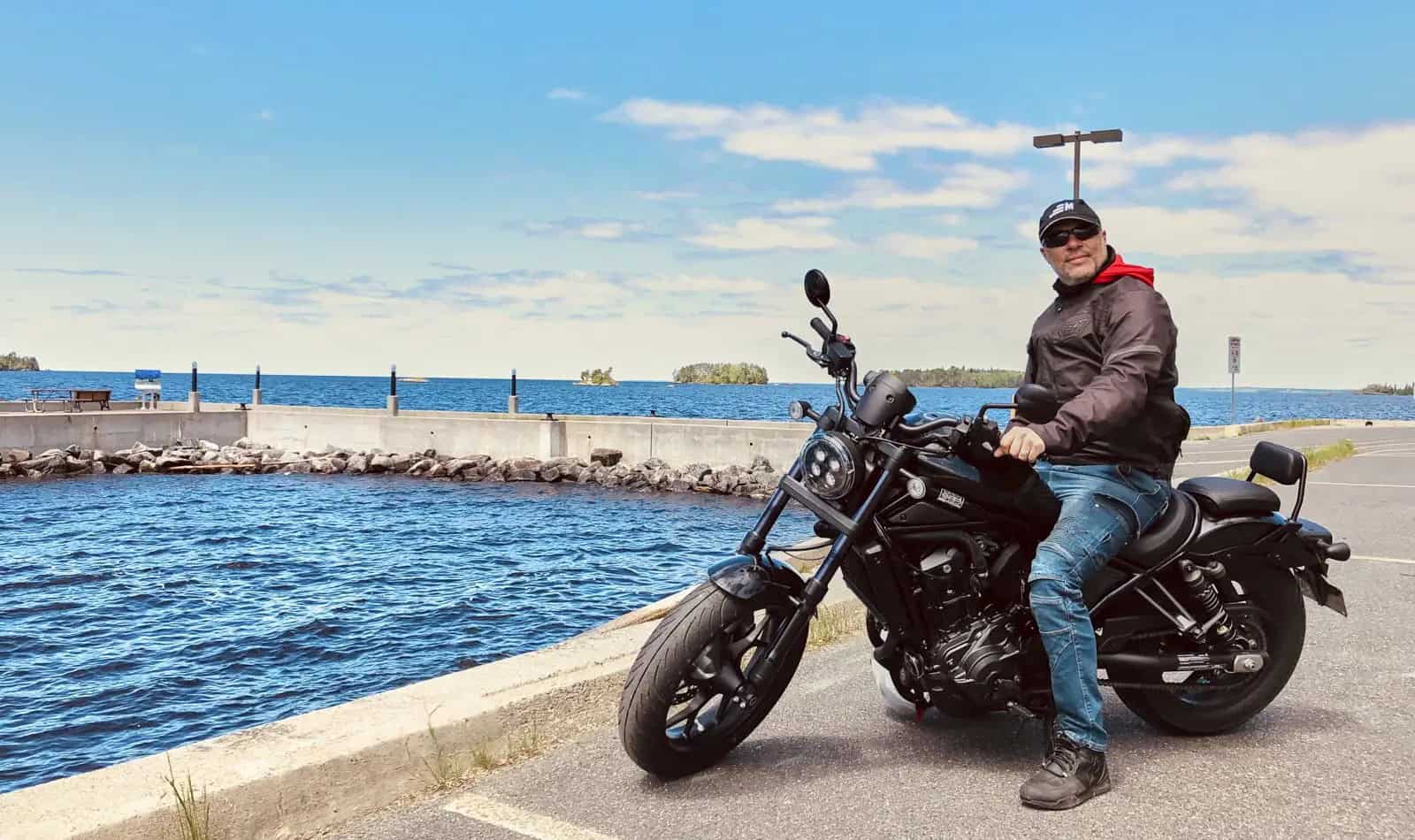
Across states the spread is dramatic. Minimum coverage costs $6–$24 per month depending on local laws and risk factors. Full coverage ranges from $14 to $47 per month. In ValuePenguin’s 2025 analysis, North Dakota riders pay about $18 per month for full coverage while Kentucky riders pay around $69. Rural states with short riding seasons (North Dakota, Iowa, Maine) have the lowest premiums, whereas warmer states like Florida, Arizona and Texas are 39 % or more above the national average.
For a deeper breakdown of actual insurance costs across riders, bikes and states, check out our companion article: How Much Is Motorcycle Insurance? Real Costs & Tips.
What “Budget” Really Means
So what counts as “budget motorcycle insurance”? In my experience, a truly low‑cost policy usually means:
- Liability‑only coverage on an older or low‑value bike; premiums between $100–$500 per year. (lainsurance.com)
- Full‑coverage policies around the $20–$40 per month mark for middle‑aged riders on standard cruisers or commuters. (moneygeek.com)
- Usage‑based or pay‑per‑mile policies for riders who log fewer miles each year, sometimes as low as $50 per year. (trustedchoice.com)
If you’re paying $50–$90 a month for full coverage on a modest bike with a clean record, you’re likely overpaying unless you’re young or in a pricey state. But keep reading—there are legitimate reasons to pay more.
How to Get the Cheapest Motorcycle Insurance Rates
Affordable coverage comes down to managing two variables: risk (how insurers view you) and coverage limits (how much risk you’re transferring to them). Here are the most effective levers to pull.
Adjust Coverage Without Cutting Safety
- Raise Your Deductible. Selecting a $1,000 deductible instead of $500 can lower comprehensive and collision premiums significantly. Only do this if you can afford to pay that amount out of pocket after an accident.
- Liability‑Only on Old Bikes. If your motorcycle is worth less than your deductible, consider dropping collision and comprehensive. Average minimum‑coverage policies cost $6–$24 per month, freeing up cash for gear or tires.

- Tailor Medical Coverage. Check whether your health insurance covers injuries sustained on a bike. If it does, you might not need high medical payments coverage. If it doesn’t, keep robust medical and uninsured/underinsured motorist coverage—hospital bills can ruin you.
- Seasonal or Lay‑Up Policies. Riders in cold states can reduce premiums during winter by purchasing “lay‑up” policies that cover theft and storage risks without collision. Seasonal policies let you adjust coverage while the bike is garaged. Just don’t completely cancel your policy—you could lose continuous‑coverage discounts and face higher rates later. (lainsurance.com)
- Opt Out of Add‑Ons You Don’t Need. Roadside assistance, custom parts coverage and trip interruption sound great, but they add cost. Evaluate whether you can self‑insure for towing (AAA membership may be cheaper) or if your gear is covered under homeowners insurance.
If you want to protect yourself beyond standard coverage, take a look at our full guide to motorcycle breakdown insurance.
Bundle and Save
Bundling your motorcycle policy with auto or home insurance can save 10 %–25 %. (moneygeek.com) Combining multiple bikes on one policy can shave another up to 13 %. Payment options matter too: paying your premium annually can knock off 5 %–20 %, while enrolling in autopay or going paperless can reduce rates another 3 %–5 %. (moneygeek.com)
Take Safety Courses and Improve Your Profile
Insurers reward riders who demonstrate skill and responsibility. According to MoneyGeek, completing a Motorcycle Safety Foundation course usually reduces premiums by 5 %–15 %, though some providers offer only a few dollars off. Having an official motorcycle endorsement or full license can cut rates by up to 8 %–9 %. Membership in recognized organizations (American Motorcyclist Association, local clubs) adds another 5 %–10 %.

If you’re over 40 with at least five years of riding experience, you might qualify for a mature‑rider discount. Military members, instructors and riders who maintain clean records for three years can stack additional savings of 6 %–20 %. The bottom line: keep improving your skills and staying out of trouble.
Trim Your Mileage
Insurers price risk partly on how much you ride. Riding less than 5,000 miles annually may qualify you for low‑mileage discounts or usage‑based policies that cut premiums by 10 %–60 %. If you’re a commuter or weekend rider, track your mileage and ask about these discounts.
Best Options for Riders on a Budget
Not all insurance models treat riders equally. Here’s how different approaches stack up when you’re trying to keep costs low.
Pay‑Per‑Mile and Usage‑Based Insurance
Usage‑based insurance (UBI) tracks how much and how safely you ride, then adjusts your premium accordingly. It’s ideal for riders who:
- Log fewer than 5,000 miles a year. Low‑mileage riders can slash premiums by 10 %–60 % using UBI discounts.
- Own multiple bikes but only ride one at a time.
- Ride seasonally or store bikes over winter.
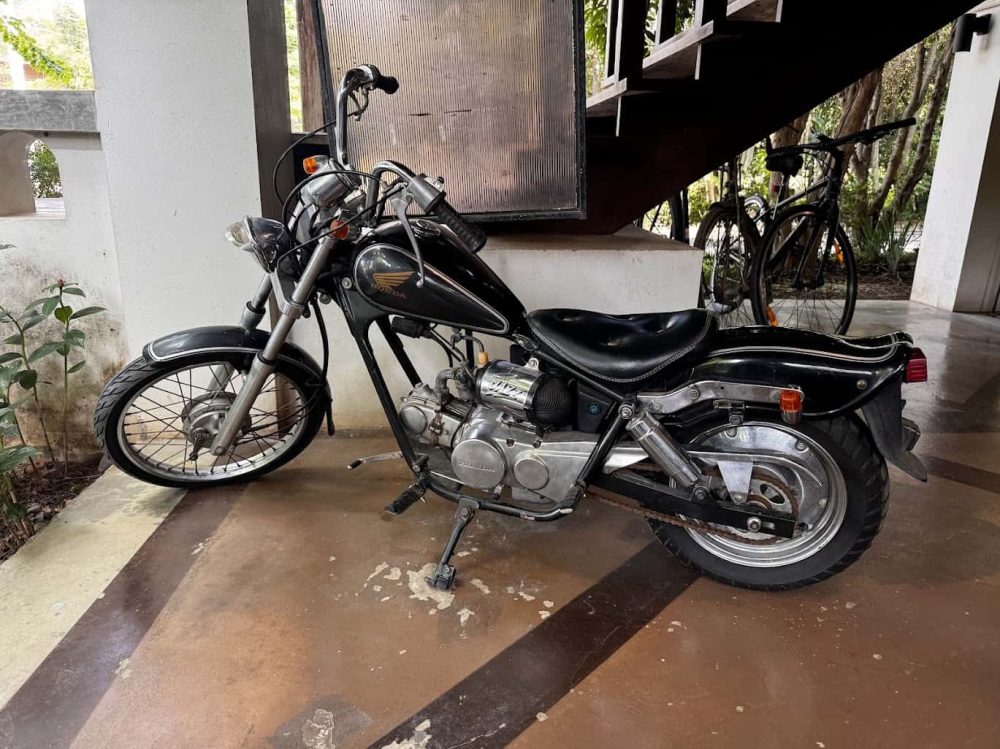
VOOM is the standout example. We’ve tested VOOM’s pay‑per‑mile coverage and love it for our spare bikes. According to Trusted Choice, the company offers three plans. Riders can pay $5 per month plus 4 ¢ per mile for a basic liability package, $10 per month plus 12 ¢ per mile for higher limits plus comprehensive and collision, or $15 per month plus 20 ¢ per mile for extended coverage.
VOOM claims some riders can get coverage as low as $50 per year and save up to 60 % compared to traditional policies. The catch? You must install a mileage‑tracking device or report odometer readings regularly.
For riders who own more than one bike or switch between a commuter and a weekend ride, check out our article into how pay-per-mile coverage stacks up: Motorbike Multi Bike Insurance: Why Pay-Per-Mile Wins.
Other insurers now offer similar UBI programs. Some use smartphone apps that score your acceleration, braking and cornering; others rely on annual mileage statements. If you commute daily or ride long tours, UBI may cost more than a traditional fixed‑rate policy, but for weekend riders it’s a money‑saver.
Standard Insurers with Usage Discounts
Many mainstream insurers provide low‑mileage discounts without full telematics. Ask your carrier if you can certify lower annual mileage for a reduced premium. Some companies automatically discount rates for bikes ridden fewer than 7,500 miles per year.
Multi‑Bike and Bundled Policies
If you maintain a fleet—say, a commuter, a track bike and an adventure bike—insure them under one policy. Multi‑bike discounts can cut premiums by up to 13 %. Bundling with auto or home can save another 10 %–25 %. When you own several bikes but ride them infrequently, combining these discounts with a pay‑per‑mile plan yields big savings.

High‑Deductible Policies
Budget riders often opt for high deductibles ($1,000 or more). This reduces monthly premiums but increases your out‑of‑pocket cost after a crash. It’s sensible if you have emergency funds and a bike worth only a few thousand dollars.
Factors That Influence Motorcycle Insurance Price
Your rate isn’t arbitrary; insurers use dozens of data points to estimate risk. Understanding what matters helps you strategize savings.
According to L.A. Insurance’s 2024 guide, the key factors include the following:
- Type of Motorcycle. Sport bikes have higher accident and theft rates, making them costlier to insure. Cruisers, standards and small‑displacement bikes typically cost less. Expensive or customized machines drive premiums higher.
- Insurance Company. Each carrier uses proprietary algorithms to price risk. Some favor experienced riders, others penalize urban ZIP codes. Always shop around.
- Age and Riding Experience. Young riders pay much more. ValuePenguin reports that 18‑year‑old riders pay about 28 % less than 16‑year‑olds, and 35‑year‑olds pay 11 % less than 21‑year‑olds. Mature rider discounts kick in around age 40.
- Location. Urban areas with traffic congestion and theft have higher premiums. States with long riding seasons (Florida, Arizona, Texas) charge more.

- Driving Record. Accidents, tickets or DUI convictions raise rates 20 %–50 % for 3–5 years. Keep your record clean to qualify for good‑rider discounts of around 6 %.
- Coverage Level. More coverage means higher premiums. Minimum‑liability policies cost around $6–$24 monthly; full coverage runs $14–$47.
- Annual Mileage. The more you ride, the higher the risk. High mileage can push you into a higher rating tier.
- Storage and Security. Storing your bike in a garage and installing anti‑theft devices can earn discounts of up to 6 %–15 %.
- Credit History. In many states, insurers use credit scores to predict claims. Better credit can mean lower rates.
- Other Factors. Gender, marital status, claim history and even what time of day you ride may influence rates. Not all insurers use these variables, but they can matter.
Coverage Options for Saving Money
Finding a balance between affordability and adequate protection is an art. Here’s how to tailor coverage to your needs without cutting corners.
Liability‑Only vs. Full Coverage
Liability‑only covers bodily injury and property damage you cause to others. It’s mandatory in most states and extremely cheap—as low as $6 per month. Use it for bikes worth less than $3,000 or when you can afford to replace your bike out‑of‑pocket.
Full coverage includes liability plus collision and comprehensive, protecting your bike against accidents, theft, vandalism and weather. It costs $14–$47 per month on average but is essential if your bike is financed, expensive or your only transportation. Riders who finance their bikes may be contractually required to carry full coverage.
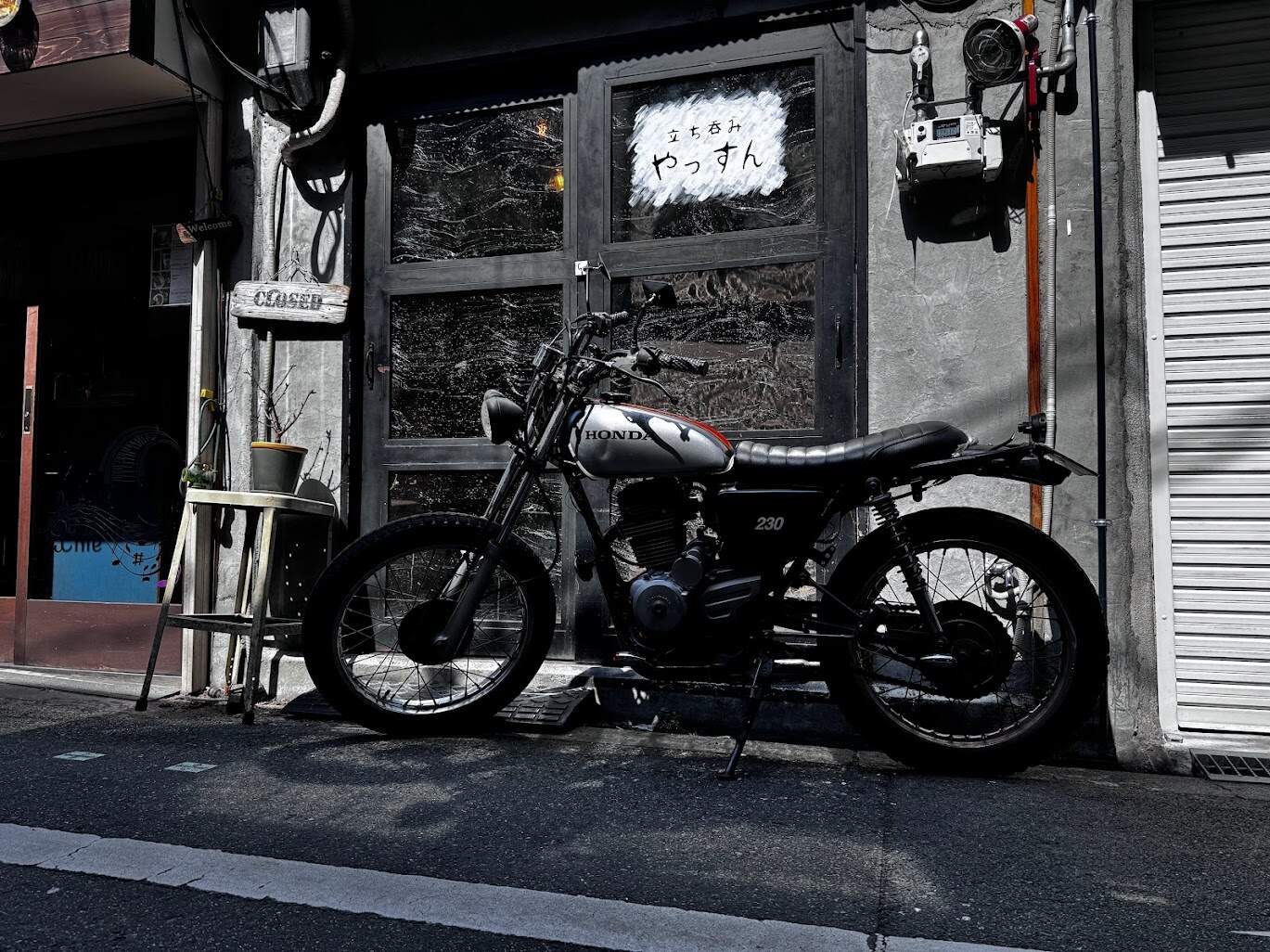
Uninsured/Underinsured Motorist and Medical Payments
These coverages protect you if you’re hit by someone with insufficient insurance or if you need medical care after a crash. Don’t drop them lightly; healthcare costs can far exceed your premium savings. They’re especially important in states with high rates of uninsured drivers.
Comprehensive-Only Policies
If your bike stays in storage or you ride rarely, consider dropping collision and keeping comprehensive (covers theft, fire and vandalism). This reduces premiums but still protects against non‑collision damage. It’s a smart move for bikes you’re rebuilding or storing.
Lay‑Up/Seasonal Policies
As discussed above, lay‑up policies maintain theft and fire coverage during off‑season months. They let you reduce premiums while keeping essential protection. Not all insurers offer them, and you must maintain continuous coverage to avoid higher future premiums.
How to Avoid False Savings
Going cheap can backfire when you strip away essential protections. Watch out for these pitfalls:
- Skipping Uninsured/Underinsured Motorist Coverage. About one in eight drivers in the U.S. are uninsured. Dropping this coverage saves a few dollars but leaves you paying medical bills and bike repairs yourself if an uninsured driver hits you.
- No Medical Payments or Personal Injury Protection. Your health insurance may have high deductibles or exclude motorcycle injuries. Without medical payments coverage, you could owe tens of thousands after a crash.

- Eliminating Collision on a Financed Bike. Lenders require full coverage to protect their asset. Canceling could violate your contract and lead to repossession.
- Canceling During Winter to “Save.” Seasonal lay‑up policies are a better option. Canceling altogether can lead to higher premiums, cancellation fees and gaps in coverage.
- Choosing an Unknown Insurer Without Research. Low initial premiums might come with poor claims service or surprise rate hikes. Shop around and read reviews.
Buying Guide: When to Go Cheap and When to Invest
Cheap insurance isn’t always the answer. Here’s how to decide.
When It’s Okay to Cheap Out
- Your Bike’s Replacement Value Is Low. If your motorcycle is worth less than your deductible or easily replaceable, liability‑only coverage is reasonable.
- You Ride Occasionally. Weekend warriors and seasonal riders benefit from pay‑per‑mile or lay‑up policies that scale premiums to usage.
- You Have an Emergency Fund. Higher deductibles lower premiums but require cash on hand after a crash.
- You Own Multiple Bikes. Insuring them on one policy and using usage‑based billing prevents paying full freight for each.
When You Shouldn’t Go Cheap
- Your Bike Is Financed or Worth Over $3,000. Full coverage protects both you and the lender and ensures you can replace your ride.
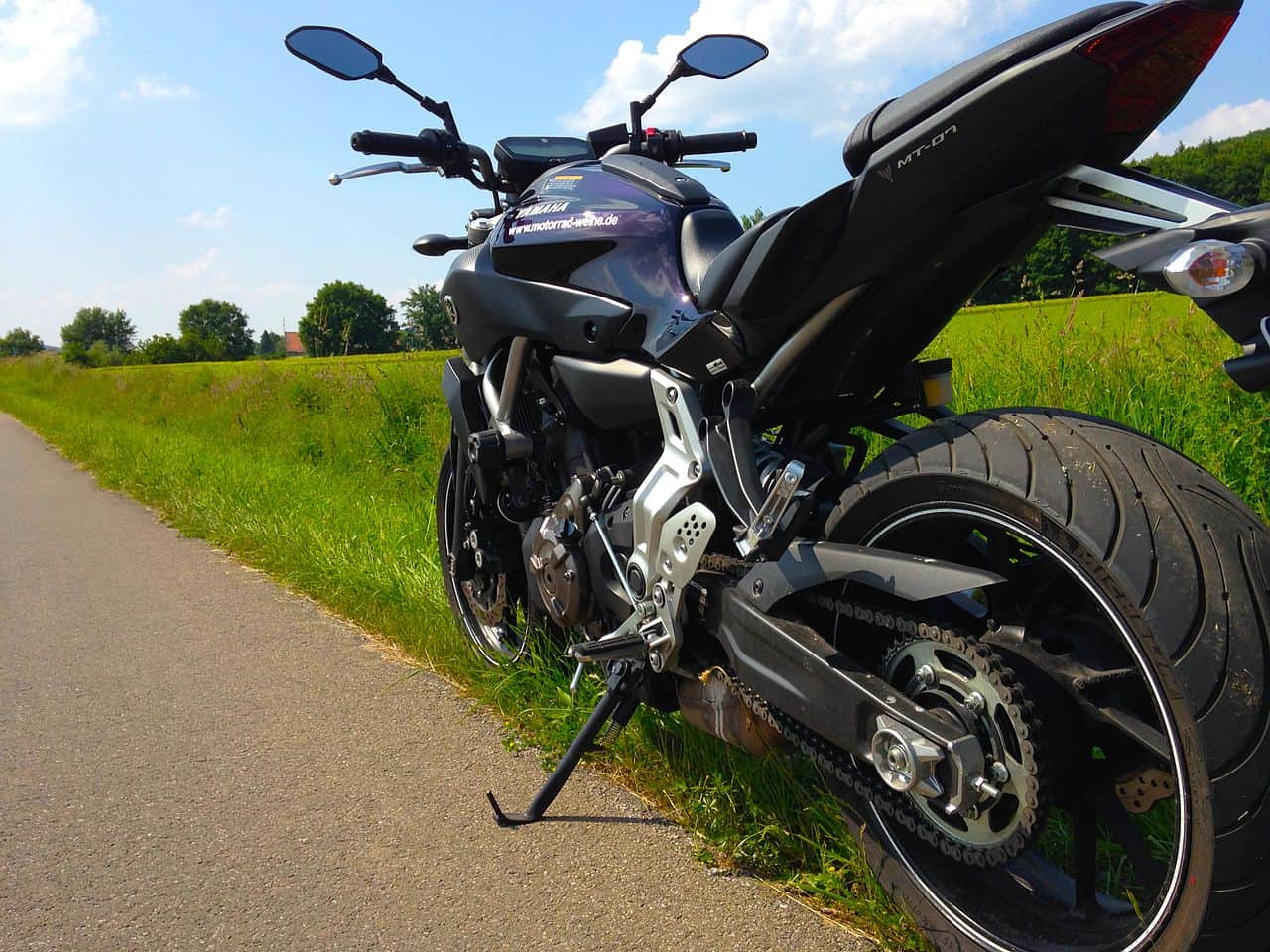
- You Rely on Your Bike for Transportation. Commuters need comprehensive protection and roadside assistance; downtime costs money.
- You Live in a High‑Risk Area. Cities with high theft or accident rates justify comprehensive and uninsured motorist coverage.
- You Lack Health Insurance. Medical payments coverage is critical; a single crash could cost far more than you saved.
- You’re a New or High‑Risk Rider. Young riders already pay more; dropping coverages amplifies financial risk.
Final Thoughts
Saving money on motorcycle insurance doesn’t mean skimping on protection. Start by comparing your current premium to national and state averages—full coverage around $30 per month and liability‑only around $12 per month. Use high deductibles, bundling and payment discounts, and complete safety courses to lower your rate.
If you ride infrequently or own multiple bikes, explore pay‑per‑mile policies like VOOM, which can cut premiums by up to 60 %. For older bikes, consider liability‑only or comprehensive‑only coverage.
Most importantly, avoid false savings. Don’t drop essential coverages like uninsured motorist or medical payments to save a few dollars. Continuous coverage protects your wallet in the long run and keeps you legal and safe. Smart riders know when to tighten the budget and when to invest—so you can spend less on insurance and more on fuel, tires and that next unforgettable ride.
Related

Motorcycle Breakdown Insurance: Keep Your Ride Moving On
Stay prepared for the unexpected. Learn what motorcycle breakdown insurance covers, top U.S. options, and how to choose the best roadside plan for your ride.

